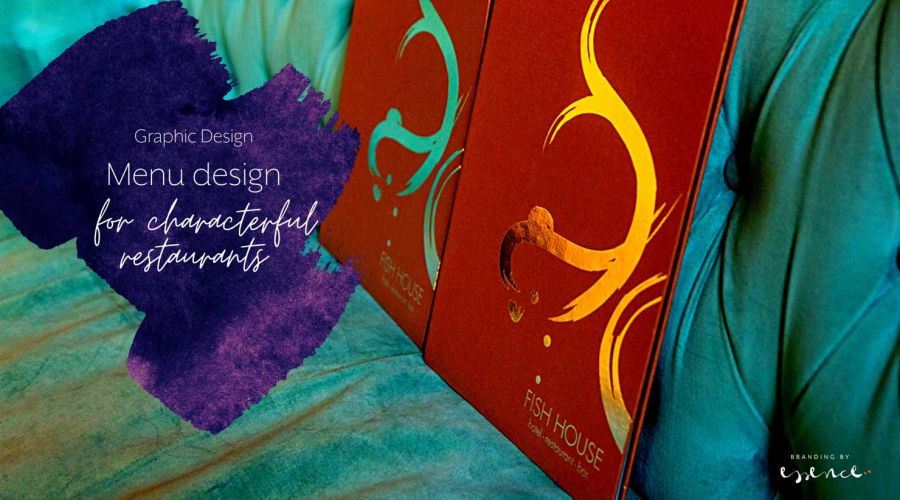
Let’s put great design on the menu
The launch is approaching. Interior design? Tick. Staff recruitment? Tick? F&B strategy? Tick. But wait, what about the menus? Of course they have been part of the initial brand strategy all along! Or have they?
What makes a good menu mechanism? And what makes it outstanding?
Restaurants are busy places and a lot of thought goes into the creation of what’s on offer. Chefs have the challenge of creating food choices that appeal and make a profit.
Menus are an important part of the dining experience and can make or break a restaurant. A well-crafted menu can be both pleasing to the eye and easy to navigate, ensuring that customers spend more time at the table. Menu design can take many forms, from simple printed menus to elaborate computerized systems. Regardless of the approach, however, a successful menu must reflect the unique culture and atmosphere of the restaurant it is serving.
The challenge for chefs is creating food choices that appeal as well as making profits while keeping costs down. Menus need to be tailored not only for individual restaurants but also for their target markets. But wait, we are not talking food here – we are talking about the actual menu design, the bit guests hold in their hands and choose from.
For example, a rustic, outdoor-themed restaurant may opt for an earthy color palette and distressed graphics on their menus. Conversely, an upscale restaurant may use sleek fonts and luxurious graphics to give guests a sense of luxury. Regardless of the setting or theme, however, good menu design always reflects the brand and personality of the restaurant.
There are several factors that go into good menu design. Menus should be easy to read and understand. Everything should be presented in an organised manner so guests know what they are selecting without having to search through numerous options. Each item on the menu should have clearly defined features so guests know exactly what they are getting. Menus should be designed with food presentation in mind so diners can easily see all of the ingredients used in each dish.
Menu design has come a long way in recent years thanks in part to advances in technology, but often it’s the mechanism itself that can really make it stand out. This partly depends on how frequently a menu is changed. If there’s a different choice each day, it makes sense to create either a digital option or a binding method that allows in-house quality print whenever required. Or if you have an amazing wine list that is staying for a longer period, you could invest in a more elaborate design that creates a long-lasting impression.
Your menu design says as much about your brand as the food that’s on it, the tables and chairs diners sit on and the building itself, alongside all the other details that make an amazing venue. So it pays to not just present a ‘piece of card’ – unless it has meaning of course.
Create menu designs that talk more than just food
No matter what mechanism you choose, the thing to remember is your customer. What will make it an experience for them? What will make them want to tell others? How can you make them excited even before the first starter arrives at the table?
Here are just some different mechanism that can elevate your restaurant experience:
- Paper over card hard cover with screw mechanism for easy-to-change paper
- Concertina folded hard cover menu
- Fold-out menus with secret pockets
- Wooden or metal covers with engravings
- Natural papers with deckle edge
- Coptic bookbinding methods
- Unusual, but appropriate materials from the restaurant architecture, heritage or interior
Use your menu design as an opportunity to completely immerse diners in your restaurant experience. It can effortlessly connect your audience to your brand in a uniquely personal way. It also sets the tone for what will appear on the plate, something you can use to create an air of anticipation. There are not many pieces of marketing literature these days that people read cover to cover with great intent. Your restaurant menu is the perfect example for a combination of required utility and expressive brand design. Use it!
I can’t emphasise enough how much of a branding opportunity this is. Add to it a bar, desert and specials menu, and you can build a suite of literature that sells not just your F&B offering, but the atmosphere, the vibe, the ambience – whatever you like to call it.

Regine Wilber
I am a brand consultant and conceptual designer. I love using creativity to solve problems for our clients. Ever since rebranding a hotel group in the Cotswolds, I’ve been in love with the hospitality industry.








